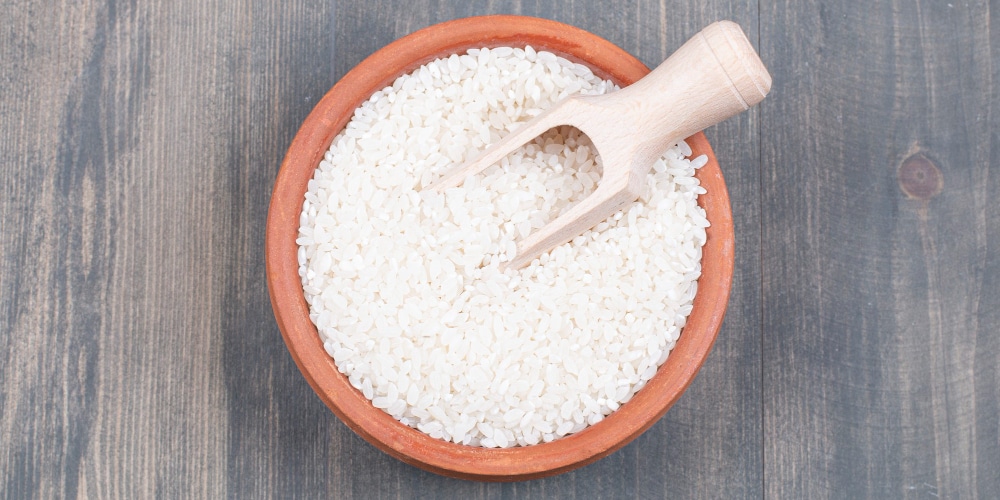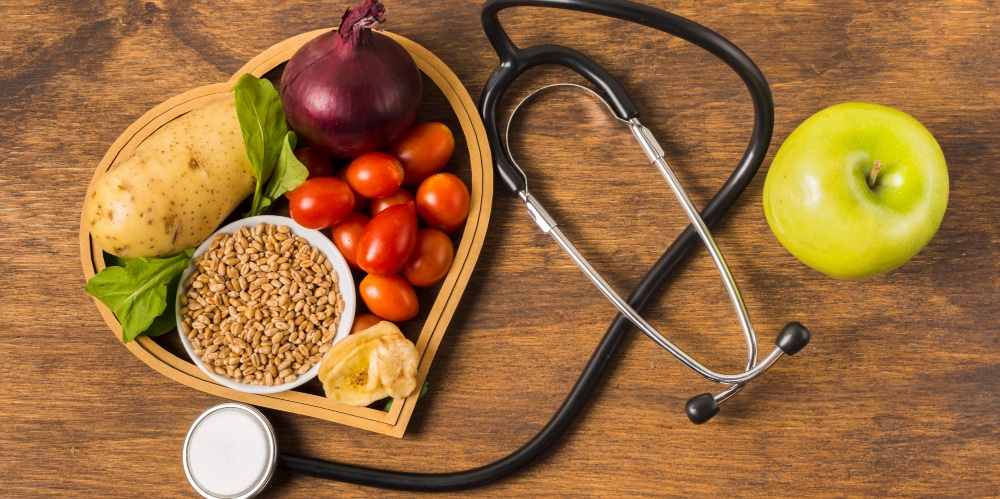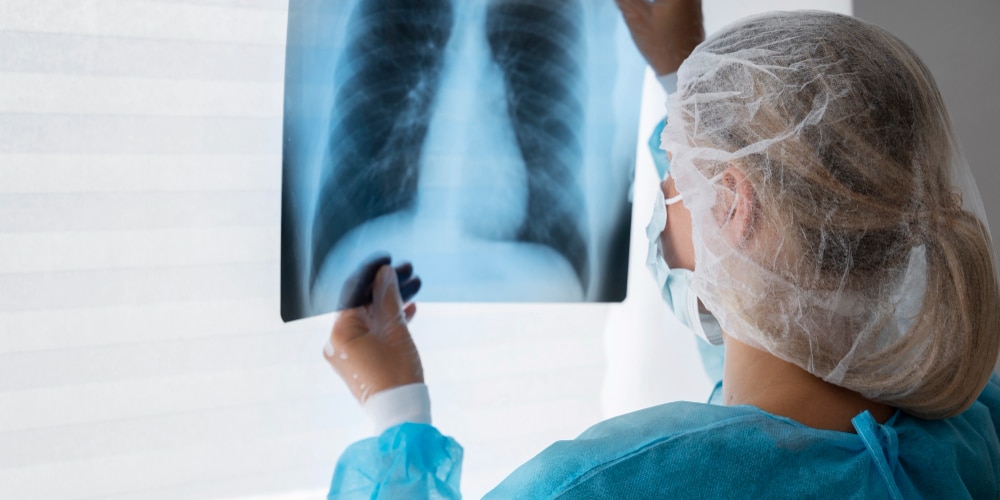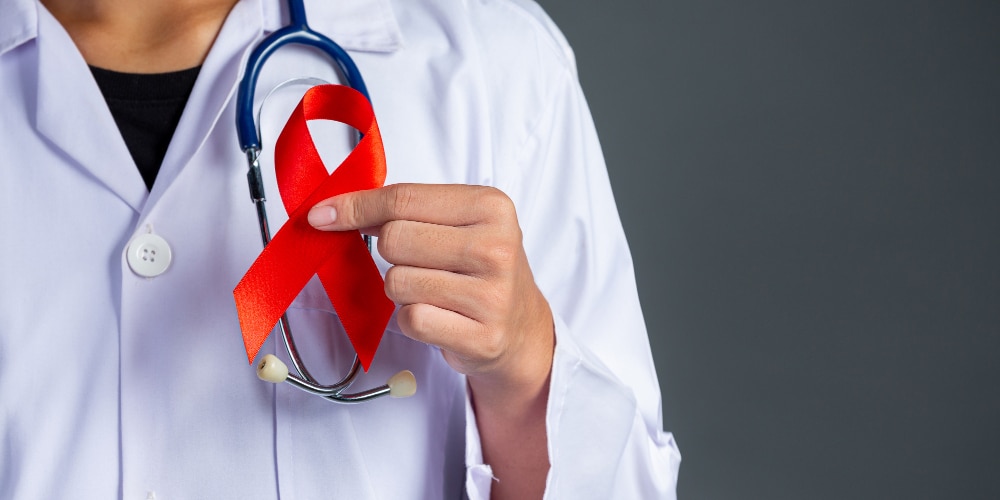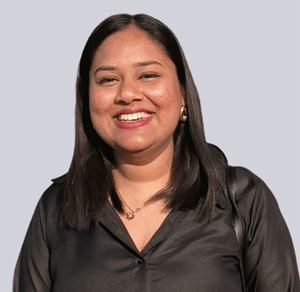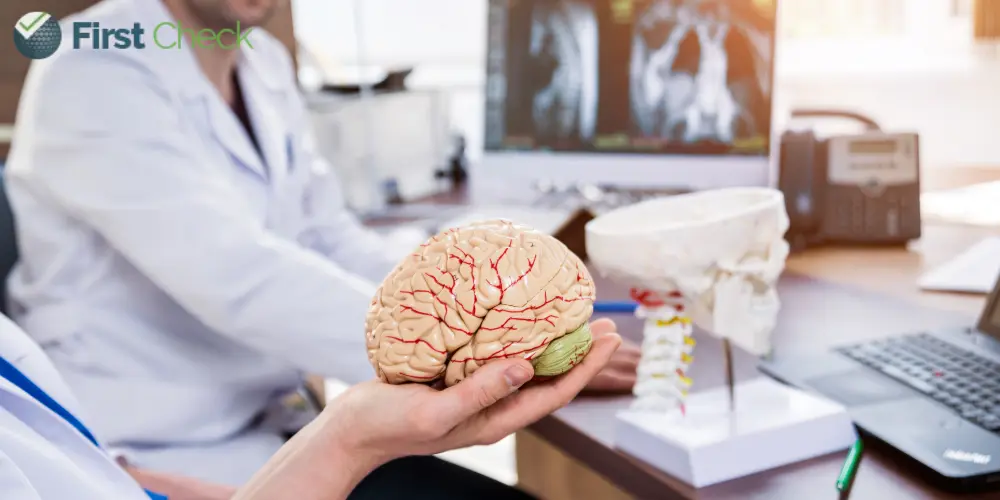Latest
From ‘OCD’ to ‘Depressed’: How people misuse mental health terms in everyday conversation
“My ADHD trait won’t let me focus on this guy,” and “I’m so depressed with all these college deadlines,” to “You must have OCD if you clean your room this meticulously,” people use mental health terms casually, rarely understanding what it truly means.
Author
Author
- admin / 2 months

- 0
- 8 min read
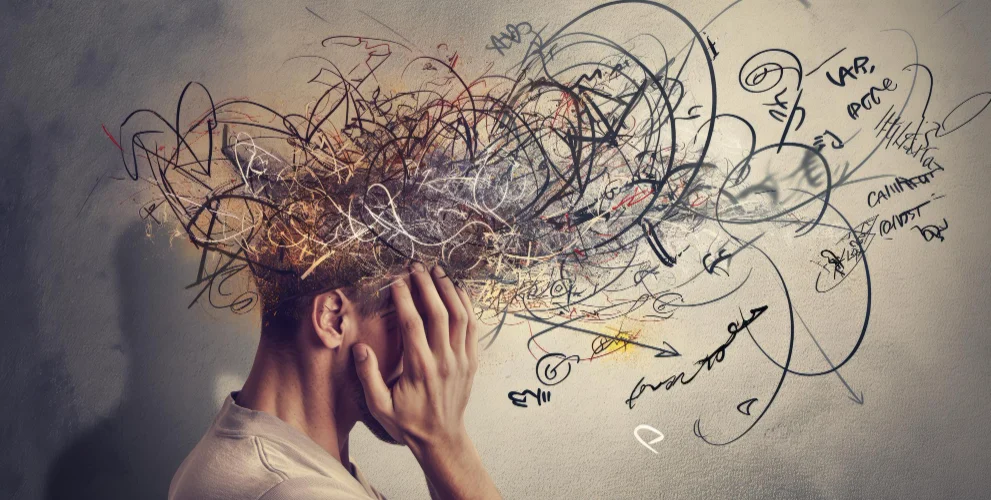
Author
In the age of Instagram stories, YouTube shorts, and everyday digital chatter, mental health terms have become part of casual conversations. You may have seen posts like, “My ADHD trait won’t let me focus on this guy,” or captions reading, “I’m so depressed with all these college deadlines,” or even jokes like, “You must have OCD if you clean your room this meticulously.” While such posts may seem harmless or even humorous, the widespread use of clinical terms in this informal way has deeper implications.
The growing prevalence of social media posts misusing mental health terms has created both opportunities and challenges. On one hand, therapy-focused content can empower people to recognise symptoms, seek help, and normalise conversations. On the other hand, casual usage and self-diagnosis can foster misinformation, trivialise serious conditions, and blur the line between everyday stress and clinically significant disorders.
Mental health terms used inaccurately in everyday discourse
Terms like OCD, ADHD, bipolar disorder, depression, and narcissistic personality disorder have entered everyday conversations, often detached from their clinical meaning.
OCD (Obsessive-Compulsive Disorder), for instance, is often used to describe a preference for tidiness or order. Clinically, however, it involves intrusive thoughts and compulsive actions that cause distress and interfere with daily life.
Bipolar Disorder is casually used to describe mood swings, though in reality it involves alternating depressive and manic episodes that significantly impact behaviour and functioning.
ADHD (Attention-Deficit/Hyperactivity Disorder) is not simply about being distracted or restless. It’s a neurodevelopmental disorder that affects concentration, organisation, and impulse control.
Depression, too, is often reduced to everyday sadness, but clinically it’s a mood disorder that can affect sleep, motivation, and one’s ability to function. Narcissistic Personality Disorder (NPD) is similarly misunderstood — it’s not about vanity but a long-term pattern of grandiosity and lack of empathy.
Delhi-based counselling psychologist Damini Sharma notes that such casual usage of mental health terms is now commonplace, particularly among young people. “ADHD is a neurodevelopmental condition that begins in early childhood,” she says. “When adults come in with these concerns, psychologists and psychiatrists go back to childhood patterns and conduct tests to confirm a diagnosis. Just because you struggle to focus doesn’t mean you have ADHD. Similar symptoms can also appear in anxiety or depression.”
She likens the diagnostic process to identifying the cause of a fever. “A fever could mean dengue, malaria, or COVID; you need tests to know. Mental health works the same way. Symptoms can overlap, so professional evaluation is essential.”
The impact of social media
Reflecting on social media’s influence, Sharma acknowledges that while digital platforms were meant to create awareness, they often blur the lines between education and trivialisation. “Reading mental health content online should ideally encourage people to seek help,” she says. “But what often happens instead is confirmation bias. People read about a condition and start believing they have it because it resonates. Some symptoms are universal human experiences, but we must learn to distinguish between normal emotions and clinical disorders.”
This blurred understanding of mental health has given rise to another growing concern – self-diagnosis. As social media becomes a major source of psychological information, many individuals, especially teenagers and young adults, are beginning to label themselves with disorders based on relatable posts or online “symptom checklists.”
Research suggests that the spread of therapy-speak and mental health misinformation can shape how people interpret their emotions and distress. During the pandemic, hospitals across several countries reported a sharp rise in adolescent emergency visits involving tic-like behaviours, which researchers linked to misleading content shared on social media. Some argue that mental health awareness efforts can backfire, triggering an overdiagnosis of psychological problems and changing the way teens view their ability to cope with difficulty.
Sharma explains that social media algorithms often reinforce this pattern. “When someone engages with a post about anxiety or ADHD, the algorithm begins showing them more of the same,” she says. “After seeing hundreds of such posts, people start identifying with those symptoms and begin to believe they have a disorder. The next step is searching for remedies online, without realising that much of this information is not created by professionals.”
According to Sharma, self-diagnosis can be misleading and sometimes harmful, as it lacks the structured psychometric testing, detailed interviews, and collaboration with family members or caregivers that are essential in a clinical diagnosis. She notes that relying on social media posts can lead individuals to misunderstand their experiences and make decisions based on misinformation.
She adds that the purpose of mental health content online should be to encourage people to seek professional help, not to replace it. “It is encouraging that more people are talking about mental health,” she says, “but awareness should lead to action, not assumption.”
Effects of misusing mental health terms
Mental health challenges are widespread in India, yet awareness and treatment remain limited. According to a press release from the Ministry of Health and Family Welfare, India, which accounts for 18% of the global population, experiences a significant mental health burden. The World Health Organisation (WHO) estimates 2,443 disability-adjusted life years (DALYs) per 10,000 population due to mental health issues, and an age-adjusted suicide rate of 21.1 per 100,000 population. The economic loss due to mental health conditions between 2012 and 2030 is projected at USD 1.03 trillion.
The National Mental Health Survey (NMHS) 2015-16 by NIMHANS found that 10.6% of adults in India suffer from mental disorders, with a lifetime prevalence of 13.7%. Approximately 15% of the adult population experiences mental health issues requiring intervention, with urban areas (13.5%) showing higher prevalence than rural regions (6.9%). Despite this, 70% to 92% of individuals with mental disorders do not receive proper treatment due to lack of awareness, stigma, and shortage of professionals. According to the Indian Journal of Psychiatry, India has only 0.75 psychiatrists per 100,000 people, far below the WHO recommendation of at least 3 per 100,000.
Considering the fragile state of mental health awareness and treatment in India, Sharma comments that casual references to conditions on social media can worsen the situation. She explains that when terms like “I am just a little OCD” or “I think I am bipolar” become normalised online, individuals who actually meet clinical criteria may start questioning the need for treatment. “Being organised, a little sad, or slightly stressed does not mean you meet clinical criteria,” she says. Sharma stresses that while early intervention with counselling can help develop coping strategies, trivialising serious conditions online can prevent people from seeking the care they truly need.
She also highlights the risk of misdiagnosis driven by self-diagnosis and confirmation bias on social media. Sharma explains that individuals may pigeonhole themselves into believing they have ADHD, OCD, or depression before consulting a professional. “When they arrive at a clinic already convinced of a diagnosis, they are less likely to listen to a doctor who does not immediately confirm it,” she says. This tunnel vision can hinder proper evaluation, which requires understanding a patient’s full history, including trauma, substance use, personality, and life experiences. Sharma concludes that effective treatment depends not on labels, but on correctly assessing the depth and impact of a condition and guiding patients toward appropriate care.
How can we talk about mental health responsibly?
Building on the impact of misusing mental health terms, Sharma highlights the importance of promoting responsible conversations. Considering that casual usage and misinformation are widespread, she emphasises that awareness should start early, particularly in schools and colleges, through structured workshops and safe spaces for discussion. “People should also be encouraged to verify online sources. If someone is sharing information about mental health, their credentials, experience, and background should be clear so that audiences can distinguish credible sources from unreliable ones, she notes.
Sharma adds that early education helps individuals differentiate between normal emotions and clinical conditions. “Empathy is crucial. Trivialising mental health issues desensitises people to the struggles of those genuinely affected. Statements like ‘it happens to everyone, what’s the big deal?’ can minimise real distress,” she explains.
To complement such awareness efforts, the Indian government has strengthened mental health infrastructure and services. Under the National Mental Health Programme, 25 Centres of Excellence were sanctioned in 2024 to train postgraduate students and provide advanced care. Additionally, 47 postgraduate departments in mental health have been established or upgraded across 19 government medical colleges, while 22 newly established AIIMS are introducing mental health services.
Mental health services have also been integrated into Ayushman Bharat Health & Wellness Centres, upgrading over 1.73 lakh Sub Health Centres and Primary Health Centres to provide basic counselling, psychiatric medication, physician training, and referrals to district hospitals for advanced care. This makes mental healthcare more accessible and community-centric.
Key government initiatives like the National Mental Health Programme and the District Mental Health Programme provide counselling, outpatient, and inpatient services across 767 districts. The Mental Healthcare Act of 2017 guarantees the right to mental healthcare and decriminalises suicide, while the National Health Policy of 2017 integrates mental health into primary care and strengthens accessibility at PHCs and Health and Wellness Centres. The iGOT-Diksha platform trains healthcare professionals and community workers, enhancing awareness, early intervention, and treatment, particularly in rural areas. These efforts collectively support responsible conversations around mental health and improve access to professional care.
